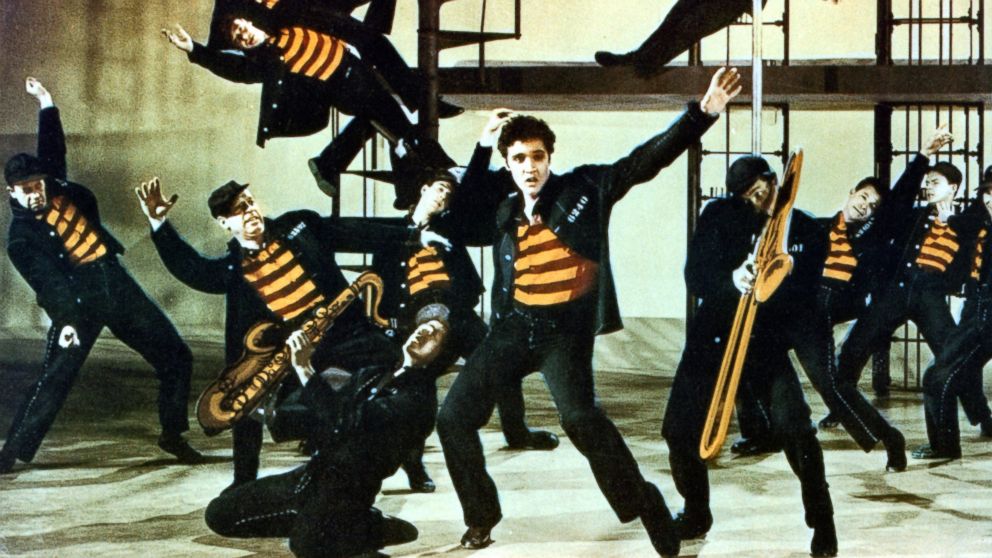How Mariah Carey Topped Elvis Presley
Words, not just tunes, can make a hit song.

March 23, 2014— -- Elvis Presley hit the top of the charts in the sleepy 1950s with the anything but sleepy "Jailhouse Rock." In the turbulent 1960s, when the nation was losing the war in Vietnam and our cities were exploding in riots, he was back at the top again with the hymn "How Great Thou Art."
Like the songs, those two decades couldn't be more different.
In the '50s, "Ike" was in the White House and all was well in the western world. In the '60s, John F. Kennedy, Martin Luther King Jr., and Robert F. Kennedy were all assassinated, race riots plunged our cities into despair, college campuses were inflamed by protests against the first war that the United States would lose, and many thought the country would never recover.
Was there a relationship between those songs and the times? Was the commercial success of "Jailhouse Rock" and the successful resurrection of an old hymn due as much to the tempo of the times as to the music itself? Quite possibly.
A new study suggests that even in the world of pop music, the environment really matters.
Researchers David H. Henard and Christian L. Rossetti of North Carolina State University studied nearly 1,000 songs that hit No. 1 on Billboard magazine's "Hot 100" list between January 1960 and December 2009 -- a span of half a century. Through computer analysis of words, and their association with other words, the researchers came up with 12 key themes that appeared most often in the songs.
The researchers found a rough correlation between the social tempos of the various decades and the prevalence of these themes: Loss, desire, aspiration, breakup, pain, inspiration, nostalgia, rebellion, jaded, desperation, escapism and confusion.
"As you look at the themes of the '60s and '70s, jaded and nostalgia kind of disappear in the '80s and '90s," Henard, lead author of the study, to be published in the Journal of Advertising Research, said in a telephone interview. "But you will see jaded and nostalgia come right back again right after the 9/11 (2001) attacks, when the world changed."
Neither researcher claims to be an expert on music. Henard is an advertising professor, and Rossetti is a professor of business management. They did this ambitious research project primarily to help advertisers understand how to best use music to help separate consumers from their dollars. But the study does have sociology overtones.
What they were specifically looking for is which songs "resonate" the most with consumers, because if they don't resonate, they won't help drag those dollars out of our pockets.
Many factors determine whether a song succeeds, of course, including the performance, the beat, the lyrics, and according to this study, the shape of the world at the time of its release.
"I was out jogging one day and listening to music and getting ready to run up this big hill, which I hate, and I found myself flipping through songs to find a song that would get me up that hill," Henard said. "Then it occurred to me that music is a way to communicate, so why not look at the number one hits because that's what people are listening to. That's probably a leading cultural barometer of what people feel."
That left them with 956 songs, with a total of 10,556 words, that had been No. 1 in the country sometime during the 50-year period. The researchers concentrated on lyrics because many musicologists have studied the tunes, but few have looked that closely at the lyrics, Henard said.




